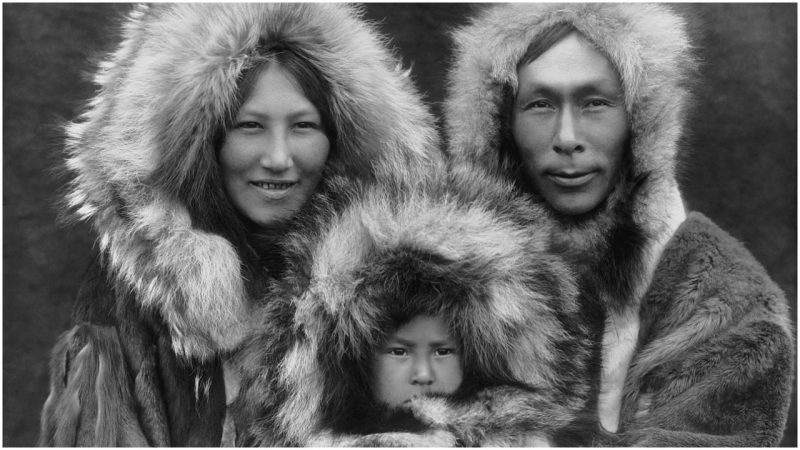The harsh living conditions of the Arctic have influenced the spiritual life of the Inuit people. Fear, rather than faith, takes a more central part in their spiritual practices.
The Inuit would perform various rituals and customs as precautions against danger. Their central mythological figures are fascinating and largely based on animism and shamanism. When taking a look at their traditional belief system, one can only be mesmerized.
According to Inuit cosmology, the cosmos is ruled by no one. The Inuk writer Rachel Attituq Qitsualik-Tinsley has noted that “There are no divine mother and father figures. There are no wind gods and solar creators. There are no eternal punishments in the hereafter, as there are no punishments for children or adults in the here and now.”
The Angakkuq is the spiritual healer in most Inuit communities. Its role varies depending on the particular community. Among the Canadian Inuit, its duties are to help the community when sea mammals are scarce. According to legend, when there are not enough seals, walruses, and sea lions, it means that the Sea Woman keeps them imprisoned at the bottom of the sea.
The Angakkuq must use its shamanic techniques to conjure the Sea Woman and make her release the animals for the hunters.
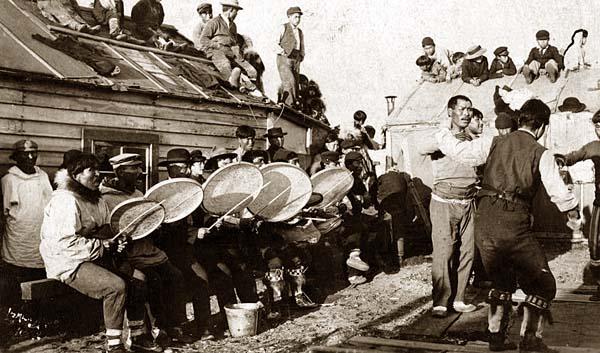
Starvation was one of the main fears among all Inuit, and particularly in the case of the Netsilik Inuit, also called the “People of the Seal.” By large, their belief system is based on fear. They wore and used numerous amulets; in some cases, they also used amulets for their dogs. Tattooing was another protective method used among Netsilik women; they believed that the tattoo could affect their fate in the afterlife.
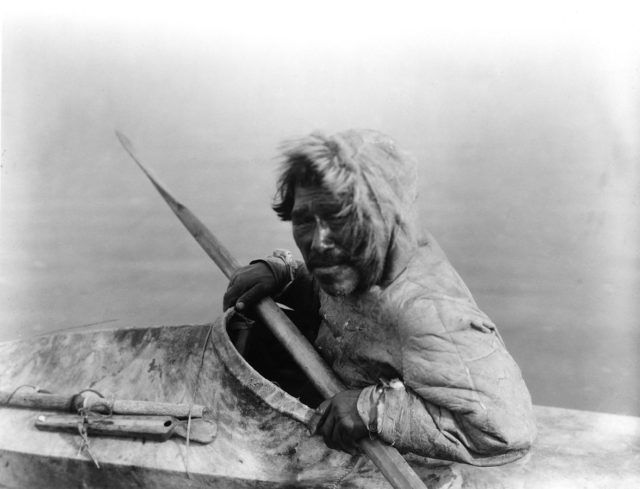
The Sea Woman appears as one of the central characters in the Inuit mythology. She is also known as the “lubricious one.” In the Netsilik region, she is named Nuliajuk and is originally mistreated by her community. In other versions of the legend, she is the goddess of the sea Sedna, or the Mother of the Deep, Sassuma Arnaa. Her representation is always different.
On the other hand, Silla is the deity of the sky, the wind or the weather. Though usually imagined as a male, Silla has very few representations. According to some stories of the Netsilik and Copper Inuit, Silla was first a giant baby whose parents died fighting other giants. Conceptually, Silla is similar to “mana” or “ether”; it is the substance of which all souls are made of. In other instances, “silla” connotes also the “universe”, the “outer space” or the “intellect”.
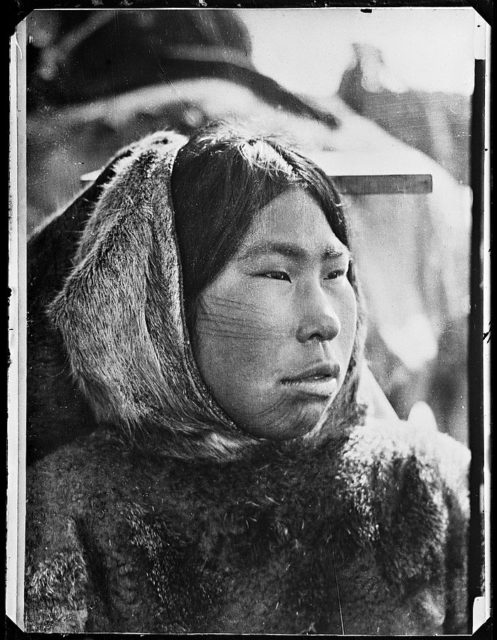
The Moon Man is another intriguing character who appears in Netsilik Inuit mythology. He is a cosmic being who is harsh towards the humans and their souls once they arrive in the celestial plane.The Caribou Inuit stands as the collective name of several groups of inland Alaskan natives.
Though they are not politically unified, they share a common inland lifestyle, and their cultures resemble one another.
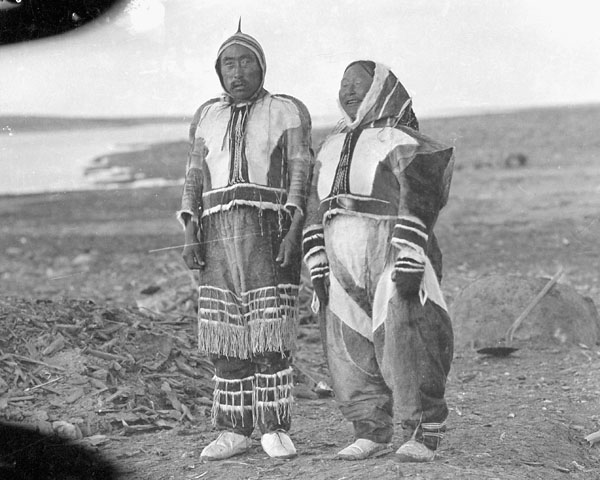
One of the most interesting things about the Caribou is their dualistic concept of the soul. They associate the first soul with breathing or “the place of life.” The second soul is the personal one, and it equates to the “nappan” of the Copper Inuit. In order to make the personal soul strong, the Caribou sought protective measures and guardianship by acquiring the name of a dead relative. Some Caribou Inuit even gave more than 15 ancestor names to their children, to assure protection, as well to continue the lives of the departed. This system of belief resembles a form of reincarnation.
Unlike the Netsilik Inuit, the Caribou are not so concerned by the Sea Woman. They are more concerned by the Silla or ‘Pinga,’ which controls the caribou as the major source of food. Their customs frequently offer sacrifice to Silla or the ‘Pinga,’ so that the hunters can have more luck. The Angakkuq is also different among these Inuit and has special fortune-telling abilities.
As animism is the essence of the Inuit belief system, everybody believed that all things have a form of spirit or soul, just like humans. They called it “anirniq,” or in plural “anirniit,” which roughly translates to “breath.” Once the spirit of a dead animal or human is liberated upon death, it is free to take revenge. A famous Inuit saying contemplates the consequences of such an act, saying that “the great peril of our existence lies in the fact that our diet consists entirely of souls.”
What they could do was to placate the spirit of the dead by obeying customs, performing the right rituals, and avoiding taboos. One of the major tasks of the spiritual healers is related to this; the healer would advise people on the rituals and the taboos of society. The harshness of the Arctic also played part in nurturing the notion of fear among the Inuit, that the world is inhabited by unseen forces and spirits.
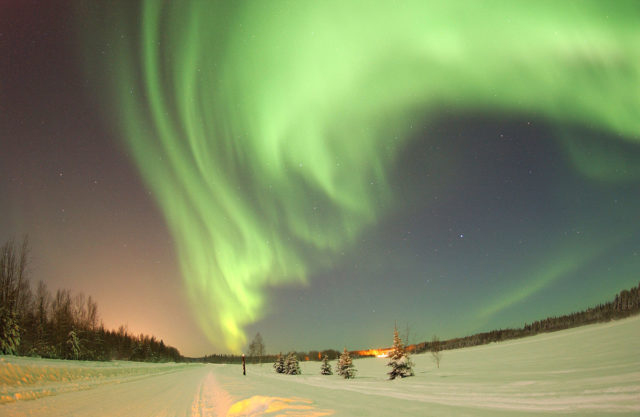
The “anirniit” are seen as part of the “silla,” or the sky and air around them. Each person’s “anirniq” is distinctive, shaped by the life and the body of its inhabitant, but at the same time part of a greater whole.
The majority of Inuit people today follow Christianity, but traditional Inuit spirituality is still an integral part of the contemporary Inuit culture.
